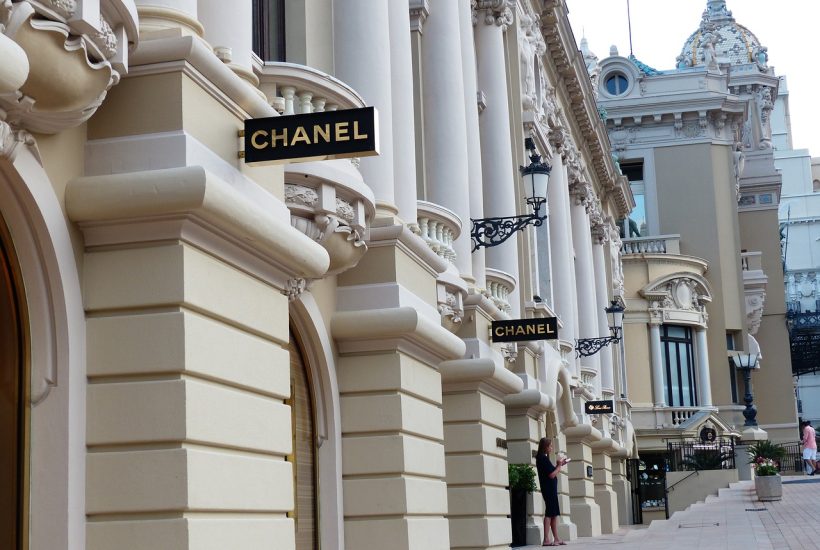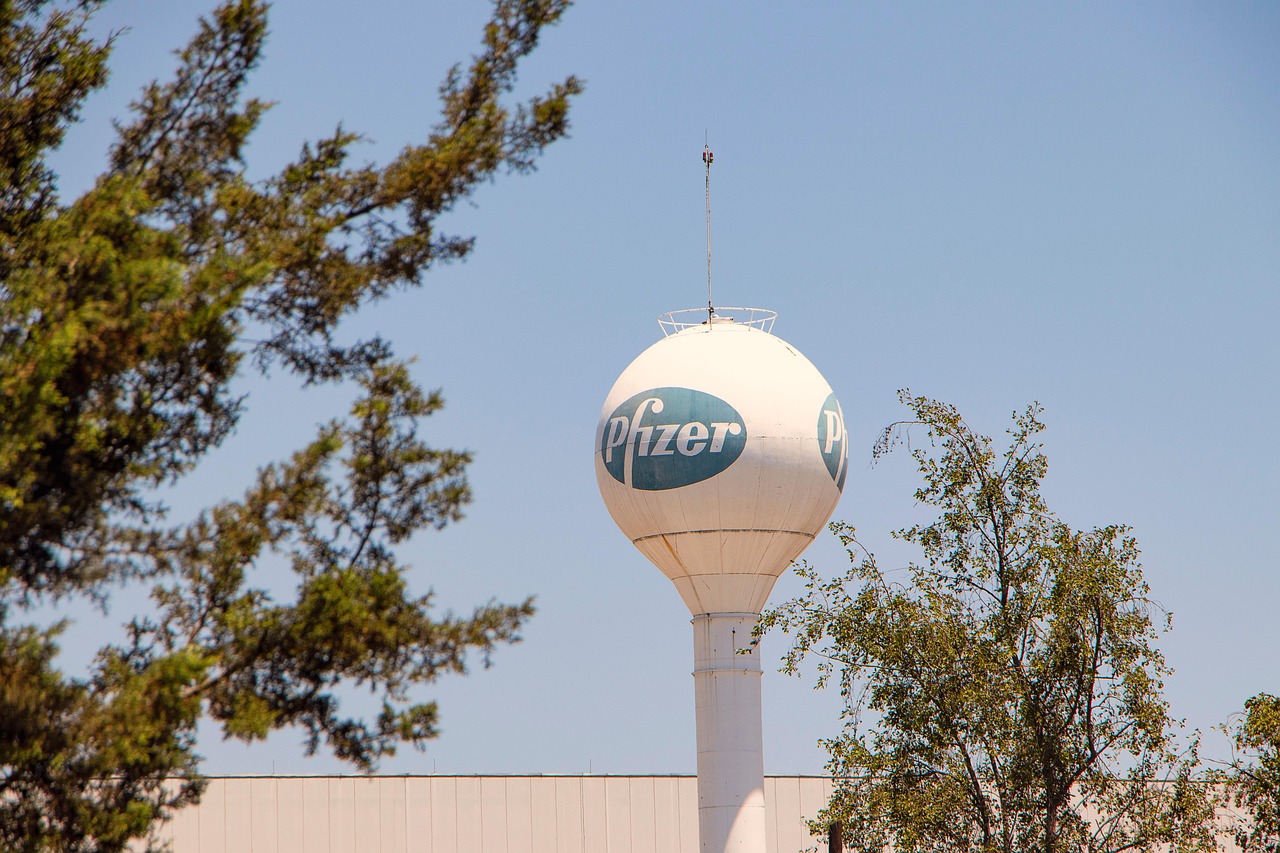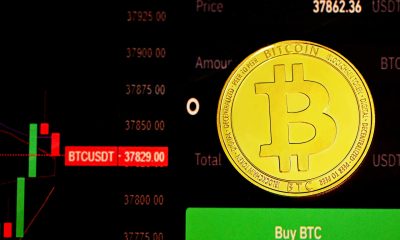Featured
ESG Pitfalls in the Bond Market. The Story of Chanel and Tesco
Investors who bought Chanel’s 600 million euros of bonds also received a promise: if the company failed to meet certain climate targets, it would pay them millions of euros more. Or in other words, they would pay a penalty for not being green. But both Chanel and other companies selling such bonds are not taking much risk, since they get to set their own sustainability targets, which creates an obvious incentive for them to be easy to meet.

The rise in popularity of ESG finance is undoubtedly causing companies to be more consistent with their environmental and social impact.
In this boom, however, there are also cases of companies making up their reports to disguise their ESG embarrassment, as was discovered about Amazon last August.
This is known as greenwashing, the disguise that many companies put on their activities to pretend that they are contributing to reducing their carbon footprint.
And in the green bond market and linked to sustainability goals, this practice is the order of the day.
Read more about sustainable bonds and find the latest business news of the day with the born2Invest mobile app.
Sustainable bonds at a lower cost than non-ESG debt
Fashion giant Chanel, known for its iconic perfume and tweed suits, is one of hundreds of companies keeping up with changing global tastes.
Today, part of that process involves showing consumers – and investors – that it is doing its part to combat climate change.
So when the company needed a loan two years ago, it turned to a trendy new financial product: sustainability-linked bonds or SLBs.
Investors who bought Chanel’s 600 million euros of bonds also received a promise: if the company failed to meet certain climate targets, it would pay them millions of euros more. Or in other words, they would pay a penalty for not being green.
Philippe Blondiaux, Chanel’s chief financial officer, said at the time that the deal “was a great way to align our financing strategy with our company strategy focused on our sustainability goals.”
But both Chanel and other companies selling such bonds are not taking much risk, since they get to set their own sustainability targets, which creates an obvious incentive for them to be easy to meet.
And most investors, rather than insisting that companies set higher targets, seem to be satisfied as long as the purchase they make is labeled green.
As a result, demand for these bonds exceeds the amount offered by two, three, and even five times.
Against this backdrop, Bloomberg chose to analyze more than 100 sustainability-linked bonds (SLBs) worth nearly €70 billion, which were sold by global companies to investors in Europe – the most mature market for sustainable financial products.
The result of the analysis reflected that most of these SLBs are linked to climate targets that are weak, irrelevant, or even already achieved.
A poor target branding that, consequently, and according to the researchers, results in companies getting something for nothing: cheaper financing and a higher green reputation, without any real effort to meet the climate targets, and without any possibility of financial penalty.
The Chanel trap
A closer look at the Chanel deal showed that the company had in fact met a key target before even selling the bond to investors.
The bond required Chanel to reduce its indirect, or Scope 3, emissions-basically emissions produced by its suppliers and customers by 10 percent by 2030.
However, the company’s own documents show that, when the bond was issued, those emissions had already fallen 21 percent below the baseline set out in the bond contract.
So Chanel was getting to pay its lenders a lower interest rate for meeting a target it had already achieved.
So why did investors agree to it?
A Chanel spokesperson noted that the company was still “finalizing the 2019 data” when investors bought the bond; or in other words, they didn’t know that the target had already been met.
And in the eyes of Ulf Erlandsson, a former bond portfolio manager who is now executive director of the Anthropocene Fixed Income Institute, investors should be demanding better, he explained
“I would say, “Hey, guys, you’re pulling my leg. You’re getting smart,” he added.
Some investors, that said, are beginning to express frustration with SLBs. Stephen Liberatore, head of fixed-income ESG and impact investing strategies at Nuveen LLC, noted that “targets can be misled.”
Matt Lawton, a portfolio manager at T. Rowe Price Group Inc, criticized the use of these instruments in a mid-September interview, asserting that they exemplify some of the “most egregious behavior” on Wall Street, and corporate borrowers exploiting demand for green investments.
Other questionable cases
Chanel, it should be noted, is not the only company whose ESG practices may be in question. The UK’s largest supermarket chain, Tesco, also undertook a bond issue that should be bracketed.
Tesco’s emissions stood at 76.4 million metric tons in 2020. As part of its climate plan, which has the approval of a respected industry watchdog, the company pledged to reduce direct emissions by 60 percent by 2025, and indirect emissions by 17 percent by 2030.
Direct emissions, which include those produced by the company in its buildings or in the power plants that supply it with electricity, however, account for just 1.6 percent of its total carbon footprint.
The remainder are indirect emissions generated by the company’s suppliers or customers.
So Tesco’s corporate targets cover both direct and indirect emissions. But the company’s SLB targets are linked only to direct emissions, leaving out the remaining 98.4 percent of its carbon footprint.
Tesco’s latest sustainability report shows that in 2021, in fact, the company was already 90 percent away from meeting its 2025 direct emissions target.
In other words, the company was already on the verge of meeting its scarcely ambitious target, while drafting the bond documents it presented to investors.
But the $22 trillion corporate bond market, which matures global companies like Chanel tap to borrow money from investors, has a particularly powerful role to play because companies rely on debt much more than equities.
The premise behind instruments such as green bonds is that the money raised by such securities should be spent on specific activities that help reduce emissions, such as building renewable power plants, or increasing the efficiency of buildings.
Even an oil company, therefore, can appeal to ESG investors, if it allocates the money from green bonds to the right targets. And this is one of the reasons why the market grew so rapidly.
But since companies cannot raise money with green bonds unless they plan to use it for a specific green project, SLBs came to the rescue.
Because with these bonds, companies can raise money for any purpose, causing it to become ESG-worthy to even tie the bond’s interest rate (or coupon) to broader sustainability goals. And if the company does not meet the targets, it has to pay a higher interest rate (typically an additional 0.25 percent).
A more open interpretation of what companies should spend the profits from these bonds on, allowing for cases like Chanel or Tesco, and planting credibility mines at the heart of sustainable finance.
__
(Featured image by Hans via Pixabay)
DISCLAIMER: This article was written by a third party contributor and does not reflect the opinion of Born2Invest, its management, staff or its associates. Please review our disclaimer for more information.
This article may include forward-looking statements. These forward-looking statements generally are identified by the words “believe,” “project,” “estimate,” “become,” “plan,” “will,” and similar expressions. These forward-looking statements involve known and unknown risks as well as uncertainties, including those discussed in the following cautionary statements and elsewhere in this article and on this site. Although the Company may believe that its expectations are based on reasonable assumptions, the actual results that the Company may achieve may differ materially from any forward-looking statements, which reflect the opinions of the management of the Company only as of the date hereof. Additionally, please make sure to read these important disclosures.
First published in Social Investor, a third-party contributor translated and adapted the article from the original. In case of discrepancy, the original will prevail.
Although we made reasonable efforts to provide accurate translations, some parts may be incorrect. Born2Invest assumes no responsibility for errors, omissions or ambiguities in the translations provided on this website. Any person or entity relying on translated content does so at their own risk. Born2Invest is not responsible for losses caused by such reliance on the accuracy or reliability of translated information. If you wish to report an error or inaccuracy in the translation, we encourage you to contact us.

-

 Biotech2 weeks ago
Biotech2 weeks agoGalicia Becomes First in Spain to Approve Gene Therapy for Hemophilia B
-

 Business3 days ago
Business3 days agoThe TopRanked.io Weekly Digest: What’s Hot in Affiliate Marketing [NordVPN Affiliate Program Review]
-

 Fintech1 week ago
Fintech1 week agoBitget Secures Operational License in Georgia, Strengthening Its Eastern Expansion
-

 Biotech5 days ago
Biotech5 days agoPfizer Spain Highlights Innovation and Impact in 2024 Report Amid Key Anniversaries
























